| Structure | Name/CAS No. | Articles |
|---|---|---|
 |
Guanidine thiocyanate
CAS:593-84-0 |
|
 |
Acetylcholine chloride
CAS:60-31-1 |
|
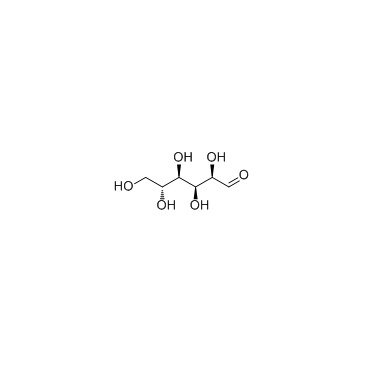 |
D-(+)-Glucose
CAS:50-99-7 |
|
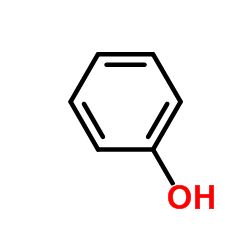 |
Phenol
CAS:108-95-2 |
|
 |
potassium chloride
CAS:7447-40-7 |
|
 |
Serotonin hydrochloride
CAS:153-98-0 |
|
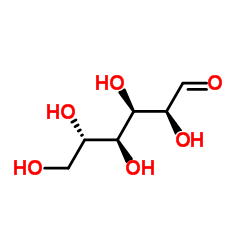 |
L-Glucose
CAS:921-60-8 |
|
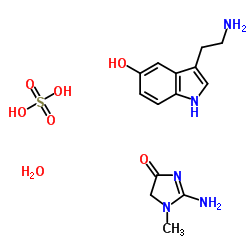 |
SEROTONIN CREATININE SULFATE MONOHYDRATE
CAS:61-47-2 |
|
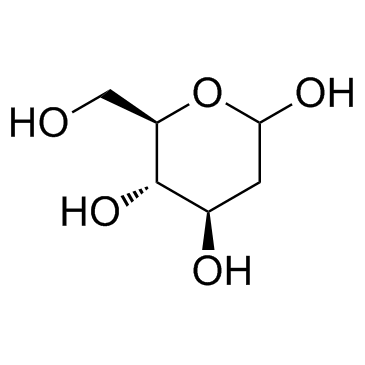 |
2-Deoxy-D-glucose
CAS:154-17-6 |
|
 |
Phenylephrine hydrochloride
CAS:61-76-7 |